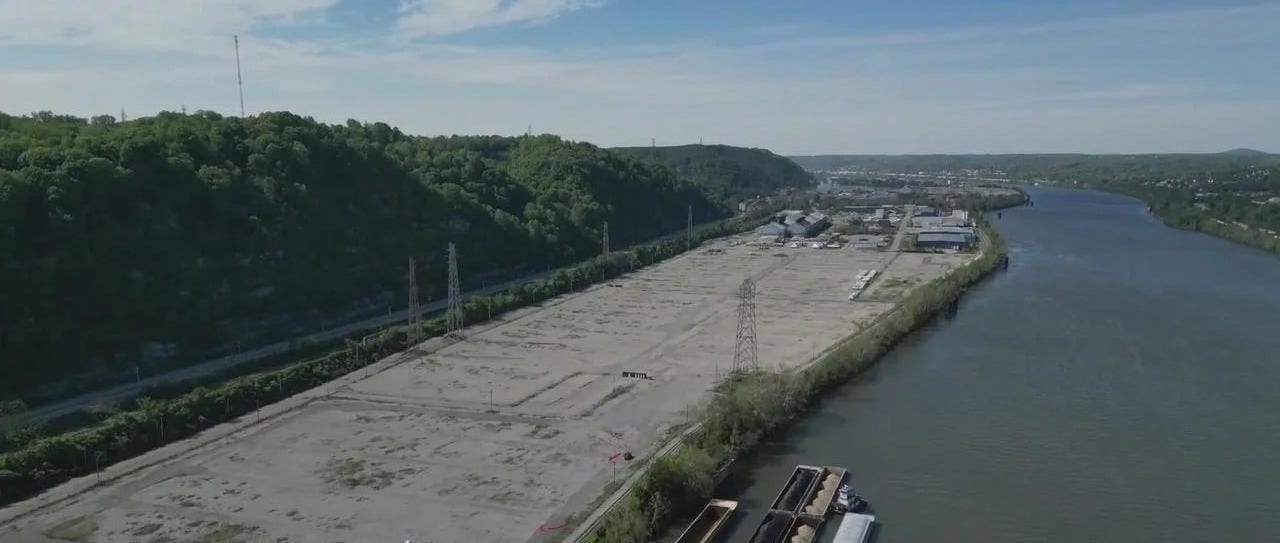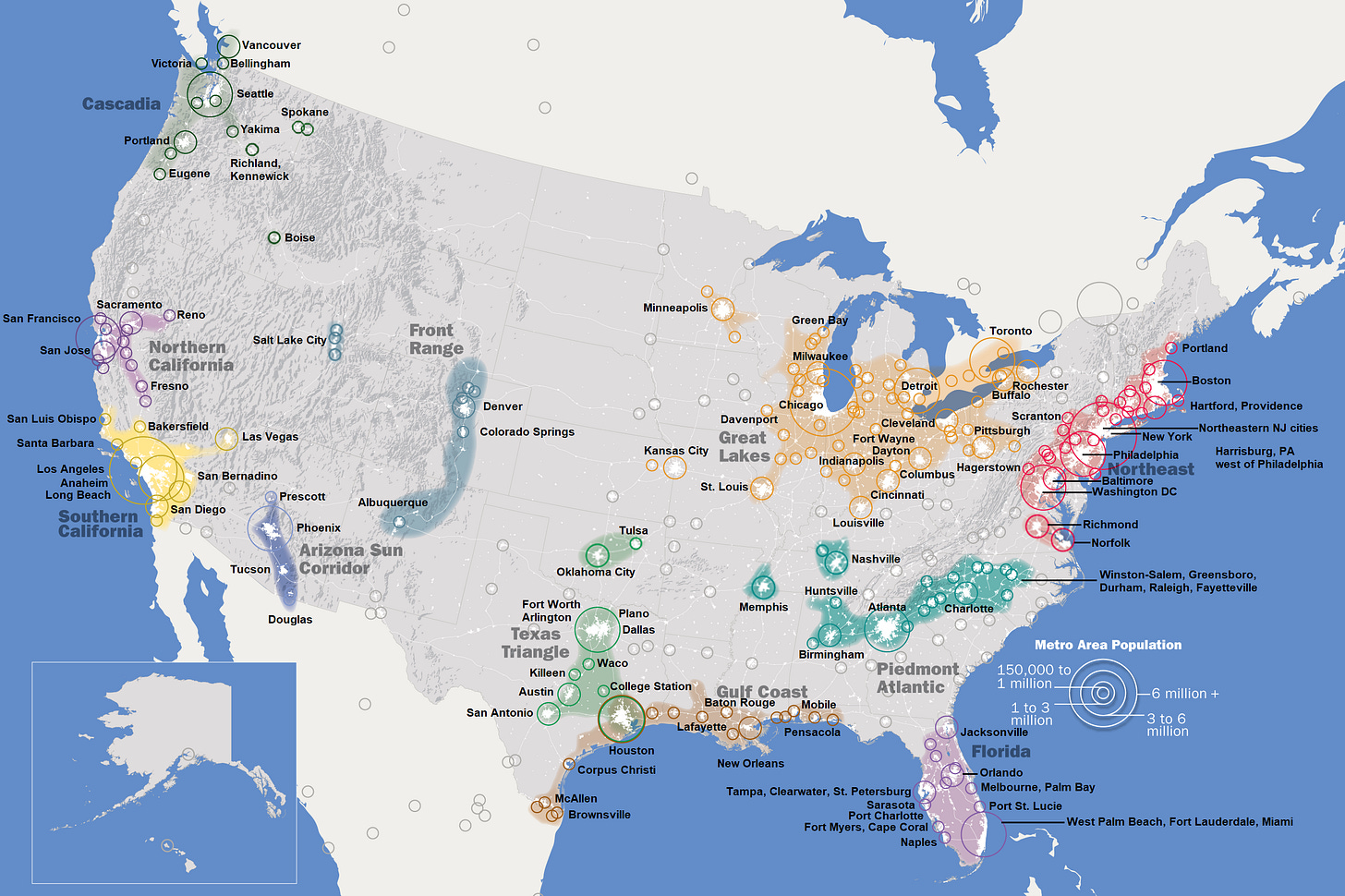BIG PROJECT IDEAS | BAD IDEAS
RUST BELT DREAMS
"Do not dwell in the past; do not dream of the future; concentrate the mind on the present moment." — Buddha.
I grew up in southwestern Pennsylvania, overlooking the Ohio River, and saw the Industrial Age's unmistakable collapse. As a teenager, I marveled at the belching, glowing factories that were the backbone of steel production worldwide. The locals appeared content, especially those employed in the mills, which ground away under the oppressive weight of corporate greed.
Recognizing that people conveniently forget the negatives, holding onto a false sense of nostalgia is crucial. The 1970s were not just difficult; they were chaotic and transformative. We faced high interest rates, gas rationing, and skyrocketing costs, all while companies moved operations overseas to capitalize on cheaper labor. The steel magnates, fed up with paying fair wages to union workers, opted for plants in China.
The residents of Southwestern Pennsylvania were blind to this reality, failing to acknowledge the dramatic shift around them. It’s time to confront the truth and understand the consequences of complacency.
*J&L Steel Plant - Beaver County, PA - circa 1970s*
As plants closed, the hardworking people believed the unions could save them. At the time, the unions thought they had the upper hand, demanding more and more money and benefits. Collective Bargaining favored the employees at the time. Pensions, healthcare, and wages benefited the rank and file. During the boom years, two things happened to start the collapse:
1. Everyone failed to modernize the plants. Owners believed the employees were making too much, and in some ways, they were.
2. Workers mainly believed that the good times wouldn't end. Employees were comfortable knowing that if they worked hard, they and their families would be cared for for generations.
Everyone's beliefs created a law of diminishing returns. Simply put, it was too late to keep the mills up to date. Business does what it does, and the families who saw the signs first left. The ones who stayed began to fall into despair, recognition, self-blame, and distrust.
But those who stayed fought to make a living and continued to believe the mills would come back. Today, fifty-plus years later, the people in the Rust Belt area of Western Pennsylvania hope the mills will return.
*Along the Ohio River in Beaver County, PA - present day*
Today, a Japanese steel manufacturer wants to rebuild a new steel plant near my hometown of Aliquippa, PA. Nippon Steel intends to invest in the area. This is important to realize: Nippon Steel wants to invest $12 billion in the Beaver Valley area.
What happened? Political Theater.
January 5, 2025: President Biden blocks the Nippon Steel Deal over: "Explaining that the proposed acquisition might result in actions that threaten to impair the national security of the United States, the Order requires the parties to take necessary steps to fully and permanently abandon the transaction within the next 30 days." -Smarttrade.com
February 7th, 2025: "Trump says Nippon Steel will invest in US Steel, not buy it, sparking confusion." -Reuters
Understanding the Western Pennsylvania mindset is a tragic tale of people looking for saviors. The saviors turn out to be devils in the dark. The people get more jaded and angry and remember this happened within two generations.
Historical timeline of investments in Western Pennsylvania
1975-2004: US Airways began expanding in southwestern Pennsylvania after the collapse of the steel mills. By 2004, US Airways had left the area, leaving over 12,000 people without jobs.
2015: Shell began construction of a new Shell Pennsylvania Petrochemicals Complex. At its peak, Shell hired ~9,500 temporary workers. Since the completion of the plant, ~600 workers in 2024. Shell estimated the projected number of full-time workers to be 10,000 construction workers and 400 direct plant jobs. Did Shell lie? I believe it is.
2025: Nippon Steel will invest $14 billion in the area but only in economic development.
Forbes: Donald Trump Says Nippon Steel Will Invest In US Steel, Not Purchase It.
Belief in Broken Promises, the savior process in Beaver County continues: The Rust Belt Blues.
The Rust Belt is well-named. The graphic below shows the United States Rust Belts.
*Created by the Regional Plan Association. - https://web.archive.org/web/20130325033001/http://www.rpa.org/america2050/sync/elements/america2050map.png, CC BY-SA 3.0, https://commons.wikimedia.org/w/index.php?curid=135902267*
Depressed areas of the United States are not unusual. The lasting impact in Southwestern Pennsylvania has been long-lasting and cyclical for over 50 years. The people, depressed and desperate, look for something to free them. Their Christian faith is firm but not enough to free the area of the constant depression. Unfortunately, the location puts their faith in peril.
Why? Nostalgia from the generation that remembers the past. Unless something radical occurs, it will take generations for the area to rid itself of fond memories of prosperity and wealth and stop passing them on to the following two generations. What could that be?
I have to think about it. I will continue this article if people are interested.






Triggering Buffalo memories?!